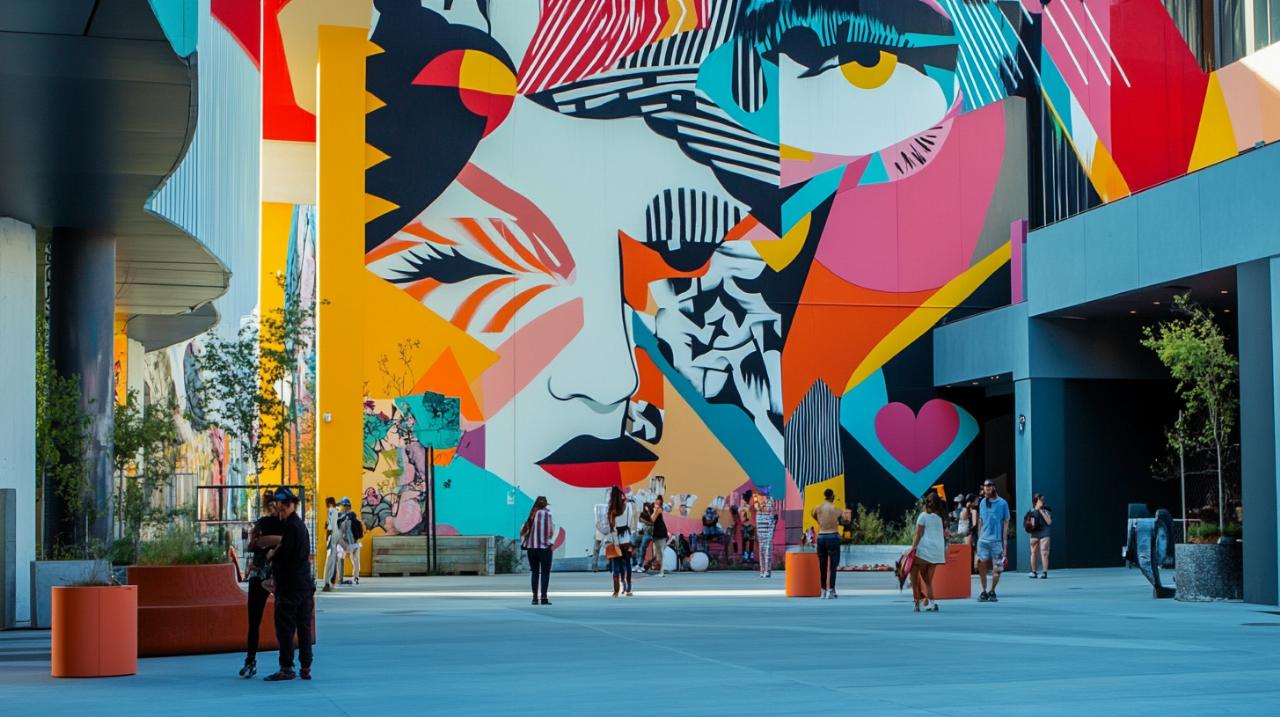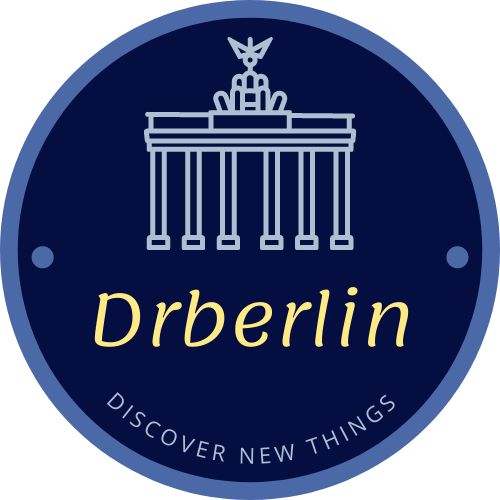The walls of our cities have become canvases where the pulse of modern life is painted in bold strokes and vibrant hues. Urban art, once dismissed as vandalism, now stands as a powerful testament to the voices, struggles, and dreams of communities worldwide. This creative force does not exist in isolation; it thrives at the crossroads of cultural movements, social discourse, and the everyday experiences that shape our existence. As we navigate an era defined by rapid technological change and shifting social dynamics, the relationship between street-level creativity and contemporary culture has never been more profound or more visible.
Street Art as a Mirror of Modern Society
Urban art has evolved into a vital form of commentary, reflecting the complexities and contradictions of the world we inhabit. From the bustling streets of London to the vibrant neighbourhoods of Hong Kong, artists transform public spaces into platforms for expression that challenge conventions and provoke thought. This art form captures the essence of our times, offering insights into the hopes, fears, and aspirations that define contemporary life. The significance of this creative movement extends beyond aesthetics, touching upon issues of identity, community, and the very fabric of urban existence.
Graffiti's role in social commentary
Graffiti has long served as a voice for the marginalised and a tool for those seeking to challenge established narratives. It emerges from the streets, unfiltered and raw, addressing topics that range from political dissent to social justice. The spray-painted messages and intricate designs that adorn city walls are not merely acts of rebellion; they are carefully crafted statements that engage with pressing issues. In many ways, graffiti democratises art by placing it directly in the public realm, accessible to all who pass by. This accessibility is central to its power, as it invites dialogue and encourages viewers to confront uncomfortable truths. The art and design company Urban Punkz exemplifies this ethos by celebrating such unconventional forms through limited edition prints and original artwork that bring the energy of the streets into homes and galleries. Their approach highlights how urban art has transcended its underground origins to become a recognised and respected element of contemporary culture. Moreover, the integration of urban art into retail and cultural spaces, as seen in initiatives like the K11 MUSEUM concept, demonstrates a broader shift towards valuing street-level creativity. Adrian Cheng's philosophy of bringing art, people, and nature together underscores the importance of making art accessible and relevant to everyday life. By seamlessly blending commerce with cultural experiences, these spaces transform the act of shopping into an encounter with creativity and meaning. This model not only supports artists but also enriches the urban landscape, fostering environments where art and life intersect in dynamic and meaningful ways.
Murals Capturing the Zeitgeist of Our Times
Murals, with their grand scale and immersive presence, capture the spirit of an age in ways that few other art forms can. They tell stories that resonate with local communities while addressing universal themes, bridging the personal and the collective. From the vertical gardens and installations at K11 MUSEA in Tsim Sha Tsui to the vibrant murals that grace the walls of cities across the globe, these works serve as visual chronicles of our era. They celebrate diversity, challenge injustice, and inspire hope, all while beautifying the spaces we inhabit. The rise of street art festivals and muralism, as discussed in articles by Scottish artist and designer Gordon Brown, illustrates the global impact of this movement. These events bring together artists from different backgrounds, fostering collaboration and cultural exchange. The resulting artworks are not static; they evolve with the times, reflecting changing social dynamics and emerging trends. This fluidity is what makes murals such a powerful medium for capturing the zeitgeist. They are living documents, constantly in dialogue with the world around them. Murals also play a crucial role in economic revitalisation and community building. In cities like Shanghai, Guangzhou, and Wuhan, the integration of contemporary art into public spaces has transformed urban destinations into vibrant cultural hubs. These efforts, supported by initiatives such as the K11 Art Malls, demonstrate how art can drive social and economic change. By creating spaces that prioritise cultural relevance and community engagement, these projects contribute to a more inclusive and dynamic urban environment. The success of these initiatives underscores the importance of supporting the arts ecosystem and recognising the value that artists bring to society.
The Evolution of Urban Expression in Today's Cultural Landscape

The journey of urban art from the fringes of society to the forefront of cultural discourse is a testament to its enduring relevance and adaptability. What was once dismissed as a subversive act is now celebrated in galleries, museums, and public spaces worldwide. This transformation reflects broader shifts in how we understand and value creativity, as well as the ways in which art intersects with technology, commerce, and daily life. The evolution of urban expression is not merely a story of acceptance; it is a narrative of innovation, resilience, and the relentless pursuit of new forms of meaning.
From underground movement to mainstream recognition
The transition of urban art from underground movement to mainstream phenomenon has been marked by a series of pivotal moments and cultural shifts. In the early days, graffiti artists worked in secrecy, their creations often ephemeral and subject to removal. Yet, the power of their messages could not be ignored, and over time, society began to recognise the artistic and cultural value of their work. This recognition has been facilitated by the efforts of galleries, curators, and platforms like Urban Punkz, which champion the intersection of urban, pop, and contemporary art. By showcasing the work of artists such as Gordon Brown, these platforms have helped to elevate street art to a level of legitimacy that was once unimaginable. The rise of street art galleries and the inclusion of urban art in major exhibitions have further solidified its place in the cultural mainstream. Institutions like the K11 MUSEUM have played a crucial role in this process by integrating art into commercial and retail environments. This approach not only makes art more accessible but also challenges traditional notions of where and how art should be experienced. By placing artworks in spaces where people shop, dine, and socialise, these institutions have democratised art in a profound way. The curatorial philosophy behind these spaces emphasises approachability and contextual placement, ensuring that art is not confined to sterile gallery walls but is instead woven into the fabric of daily life. This integration has been particularly successful in cities like Hong Kong, where the K11 MUSEA offers an immersive cultural-retail destination that combines art installations, performances, and educational programs. The impact of this shift extends beyond the art world, influencing how we think about urban spaces and the role of creativity in shaping our environment. As discussed on platforms such as callecultura.es, the exploration of urban art and modern culture reveals the deep connections between creativity and society. By examining topics such as beauty, relationships, psychology, and social media, we gain a fuller understanding of how art reflects and shapes our collective experience. This holistic approach underscores the importance of viewing urban art not as an isolated phenomenon but as an integral part of the broader cultural landscape.
Digital culture's influence on street-level creativity
The advent of digital culture has profoundly impacted urban art, offering new tools, platforms, and audiences for artists to engage with. Social media, in particular, has revolutionised the way street art is created, shared, and experienced. Artists can now reach global audiences instantly, bypassing traditional gatekeepers and forging direct connections with fans and collectors. This shift has democratised the art world in unprecedented ways, allowing emerging artists to gain recognition and support without the need for gallery representation. The integration of technology into urban art has also led to the rise of immersive digital experiences, as seen in the K11 Art Malls in Wuhan and other cities. These installations blend physical and digital elements, creating environments that are both visually stunning and intellectually engaging. The influence of digital culture extends beyond the creation and dissemination of art; it also shapes the themes and aesthetics of contemporary urban expression. Artists draw inspiration from online identity, social media trends, and the fast-paced nature of modern life, incorporating these elements into their work. This fusion of digital and physical realms reflects the hybrid nature of contemporary culture, where the boundaries between online and offline experiences are increasingly blurred. Wearable technology, street style, and the aesthetics of digital platforms all find their way into the visual language of urban art, creating a dynamic and ever-evolving form of expression. Moreover, the emphasis on experiential retail and cultural encounters, as championed by Adrian Cheng and the K11 MUSEUM concept, demonstrates how technology can enhance the way we interact with art. Interactive installations, workshops, and masterclasses leverage digital tools to create immersive experiences that engage audiences on multiple levels. These initiatives not only enrich the cultural landscape but also foster community engagement and education. By integrating technology into the artistic experience, these spaces offer new ways of understanding and appreciating art, making it more relevant and accessible to diverse audiences. The commitment to sustainability, as evidenced by the LEED Platinum certification achieved by K11 MUSEA, further underscores the importance of thoughtful design and innovation in shaping the future of urban art and culture. As we look to the future, the intersection of urban art and contemporary culture promises to remain a site of innovation, dialogue, and transformation. The creative energy that flows through our cities reflects the diversity, complexity, and vibrancy of modern life. From the graffiti that adorns forgotten alleyways to the monumental murals that define skylines, urban art continues to challenge, inspire, and connect us. By embracing this art form and recognising its value, we contribute to a richer, more inclusive cultural landscape that celebrates the voices and visions of all who call our cities home.
